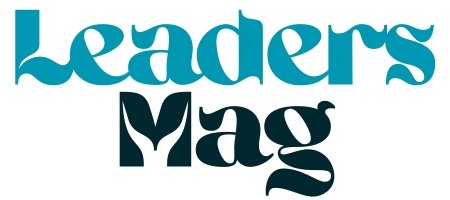Introduction
Book print on demand has changed the publishing world forever. In the past, authors had to rely on traditional publishers or invest thousands of dollars in large print runs to get their work into readers’ hands. Today, with the rise of print-on-demand (POD) services, writers can publish books without upfront costs, warehouses full of unsold inventory, or middlemen taking most of the profits. This model is not only cost-effective but also environmentally friendly and gives authors complete creative control.
What is Book Print on Demand?
Book print on demand is a modern publishing model where books are only printed once an order is placed. Instead of printing thousands of copies in advance, each book is printed individually, packaged, and shipped to the buyer. The author or publisher doesn’t need to worry about storage, excess inventory, or distribution logistics.
The Evolution of Publishing
Traditional publishing dominated for centuries, but it had major barriers:
- Authors needed a publishing contract.
- High upfront costs for printing.
- Risks of unsold stock.
The digital revolution in the 2000s brought eBooks and then POD, leveling the playing field. Now, independent authors, niche publishers, and even businesses can publish books directly for their audiences.
Benefits of Print on Demand
1. Low Risk for Authors
No upfront investment means even first-time writers can publish.
2. Eco-Friendly
Only printing what’s sold reduces waste and energy use.
3. Global Reach
POD platforms distribute through Amazon, IngramSpark, Barnes & Noble, and more.
4. Flexibility
Authors can update and revise content at any time without worrying about excess stock.
How POD Works – Step by Step
- Write and edit the manuscript.
- Format for print.
- Upload to a POD platform (like Amazon KDP, IngramSpark, or Lulu).
- Choose distribution channels.
- Book goes live.
- When a reader orders → printed → shipped → author gets royalties.
Challenges of Book Print on Demand
- Lower profit margins compared to bulk printing.
- Limited customization for paper quality or binding on some platforms.
- Slower delivery times compared to mass-market books.
Choosing the Right POD Service
Some of the most popular POD services include:
- Amazon KDP – Largest reach, integrates with Kindle.
- IngramSpark – Wide distribution to bookstores and libraries.
- Lulu – Flexible formats and global reach.
- Blurb – Great for photo books and creative projects.
The Future of Book Print on Demand
With advances in printing technology, POD is expected to become faster, more customizable, and even cheaper. AI-assisted editing, blockchain copyright protection, and eco-printing initiatives will make POD even more appealing.
Conclusion
Book print on demand is a game-changer for modern publishing. It empowers authors, saves money, reduces waste, and allows readers across the globe to access niche and independent books. For anyone considering self-publishing in 2025 and beyond, POD isn’t just an option—it’s the future.
YOU MAY ALSO LIKE: The Ultimate Investor’s Guide to 5starsstocks 3D Printing: Building Your Portfolio Layer by Layer











